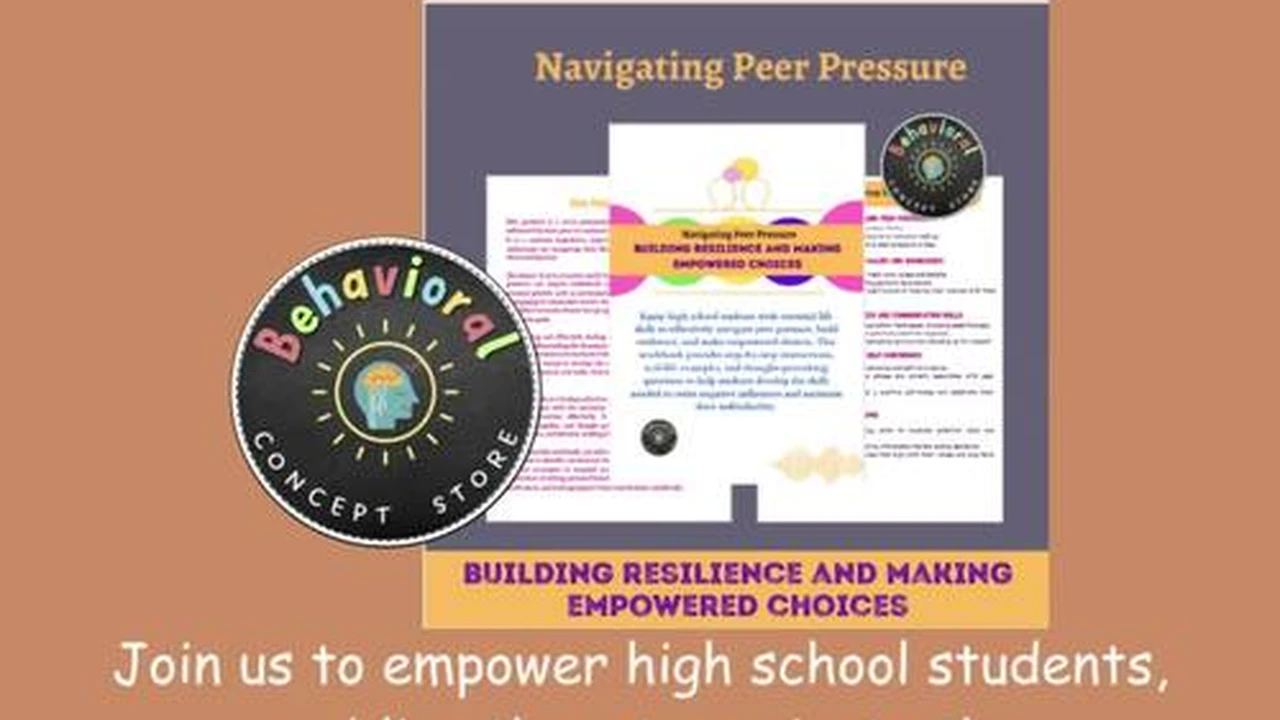Defensive Driving Course Discounts: Enhancing Safety

Understanding Defensive Driving Courses and Insurance Discounts for Teen Drivers
Alright, so you're looking to save some serious cash on your teen's car insurance, right? And you've heard about defensive driving courses. Smart move! These courses aren't just about ticking a box; they're about equipping your young driver with the skills to navigate the road safely. And guess what? Insurance companies love that! They often reward responsible driving with sweet discounts. Let's dive into how these courses work and why they're a win-win.
First things first, what's a defensive driving course? Think of it as Driver's Ed 2.0. It goes beyond the basics, focusing on accident prevention techniques, hazard awareness, and safe driving habits. Teens learn how to anticipate potential dangers, react appropriately in challenging situations, and avoid common driving errors. It's not just about knowing the rules of the road; it's about applying them in real-world scenarios.
Now, about those discounts...Insurance companies offer discounts to drivers who complete these courses because they're statistically less likely to be involved in accidents. A well-trained driver represents a lower risk, and lower risk translates to lower premiums. The amount of the discount can vary depending on the insurance company, the state you live in, and the specific course taken. It's worth shopping around to see which companies offer the best deals.
Choosing the Right Defensive Driving Course for Insurance Discount Eligibility
Not all defensive driving courses are created equal, especially when it comes to insurance discounts. You need to make sure the course you choose is approved by your state's Department of Motor Vehicles (DMV) or equivalent agency. Insurance companies typically only accept certificates from approved courses. Check with your insurance provider beforehand to confirm which courses qualify for a discount. Don't waste your time and money on a course that won't get you the savings you're after!
There are generally two types of defensive driving courses: online and in-person. Online courses offer flexibility and convenience, allowing teens to complete the course at their own pace and from the comfort of their home. In-person courses provide a more interactive learning environment with direct instruction from a certified instructor. The best option depends on your teen's learning style and schedule. Some teens thrive in a structured classroom setting, while others prefer the freedom of online learning.
To find approved courses, start by checking your state's DMV website. They usually have a list of approved providers. You can also ask your insurance company for a list of recommended courses. When comparing courses, consider the length of the course, the cost, the format (online or in-person), and the course content. Make sure the course covers topics such as accident prevention, defensive driving techniques, distracted driving, and impaired driving.
Specific Defensive Driving Techniques Covered in Insurance Discount Courses
So, what exactly will your teen learn in a defensive driving course? Expect a comprehensive curriculum covering a range of essential driving skills. One key area is hazard perception. Teens will learn to scan the road ahead, identify potential hazards, and anticipate the actions of other drivers. This includes recognizing warning signs, understanding traffic patterns, and being aware of pedestrians and cyclists.
Another important topic is space management. This involves maintaining a safe following distance, adjusting speed to road conditions, and positioning the vehicle in a way that maximizes visibility and minimizes risk. Teens will learn the "three-second rule" (or longer, depending on conditions) for following distance and how to adjust their speed in inclement weather.
Collision avoidance techniques are also a crucial part of the course. Teens will learn how to react quickly and safely in emergency situations, such as skidding, brake failure, or sudden obstacles in the road. They'll practice techniques like controlled braking, steering corrections, and emergency lane changes. Many courses include simulations to help teens practice these skills in a safe environment.
Finally, understanding and avoiding distractions is heavily emphasized. With the prevalence of smartphones and other electronic devices, distracted driving is a major cause of accidents among teen drivers. The course will cover the dangers of texting while driving, using a phone while driving, and other common distractions. Teens will learn strategies for minimizing distractions and staying focused on the road.
Comparing Online vs In-Person Defensive Driving Courses for Teen Drivers
The choice between online and in-person defensive driving courses often boils down to personal preference and logistical considerations. Let's break down the pros and cons of each:
Online Defensive Driving Courses:
- Pros:
- Convenience: Complete the course at your own pace and on your own schedule.
- Flexibility: Access the course material anytime, anywhere with an internet connection.
- Cost-effective: Online courses are often cheaper than in-person courses.
- Self-paced learning: Allows teens to review material as needed.
- Cons:
- Less interactive: Limited interaction with instructors and other students.
- Requires self-discipline: Teens need to be motivated to complete the course on their own.
- Potential for distractions: Easier to get distracted while learning at home.
In-Person Defensive Driving Courses:
- Pros:
- Interactive learning: Direct instruction from a certified instructor and interaction with other students.
- Structured environment: Provides a more focused learning environment.
- Hands-on activities: May include simulations or other hands-on activities.
- Immediate feedback: Opportunity to ask questions and receive immediate feedback from the instructor.
- Cons:
- Less flexible: Requires attending scheduled classes at a specific location.
- More expensive: In-person courses are generally more costly than online courses.
- Time commitment: Requires dedicating several hours to attend classes.
Ultimately, the best option depends on your teen's learning style, schedule, and budget. If your teen is self-motivated and prefers to learn at their own pace, an online course might be a good fit. If your teen benefits from a structured learning environment and direct interaction with an instructor, an in-person course might be a better choice.
Specific Product Recommendations: Driving Safety Apps and Devices for Teen Drivers
Beyond defensive driving courses, several products can enhance teen driving safety. Here are a few recommendations:
- Bouncie: This is a small device that plugs into your car's OBD-II port and provides real-time tracking, driving behavior monitoring (speeding, hard braking, rapid acceleration), and geofencing capabilities. You can set up alerts to notify you when your teen exceeds a certain speed or enters/exits a designated area. It also provides vehicle diagnostics, alerting you to potential mechanical issues.
- Use Case: Provides parents with peace of mind and allows for constructive conversations about driving habits.
- Pros: Real-time tracking, detailed driving reports, vehicle diagnostics, easy to install.
- Cons: Requires a monthly subscription, relies on cellular connectivity.
- Price: The Bouncie device itself costs around $79.99, and the monthly subscription is typically around $8 per month.
- DriveSafe.ly: This app automatically reads text messages and emails aloud while driving, allowing teens to stay connected without taking their eyes off the road. It also allows for voice-activated replies.
- Use Case: Helps prevent distracted driving by minimizing the temptation to check messages while behind the wheel.
- Pros: Hands-free communication, customizable settings, easy to use.
- Cons: Requires a smartphone, may not be compatible with all vehicles.
- Price: DriveSafe.ly offers both free and premium versions. The premium version, which includes advanced features like voice-activated replies, costs around $4.99 per month or $49.99 per year.
- Automatic Pro: Similar to Bouncie, Automatic Pro is a vehicle monitoring device that plugs into the OBD-II port. It offers features like crash alert (automatically notifies emergency services in the event of an accident), real-time tracking, driving behavior monitoring, and vehicle diagnostics. It also integrates with other apps and services.
- Use Case: Provides comprehensive vehicle monitoring and emergency assistance.
- Pros: Crash alert, real-time tracking, detailed driving reports, integrates with other apps.
- Cons: Requires a monthly subscription, relies on cellular connectivity.
- Price: The Automatic Pro device is no longer available for purchase. However, similar devices with comparable features are available from other manufacturers. Expect to pay around $100-$150 for the device and a monthly subscription fee of around $10-$15.
- HUDWAY Cast: This device projects information from your smartphone onto your windshield, allowing drivers to see navigation directions, speed, and other important data without taking their eyes off the road. It's like having a heads-up display in your car.
- Use Case: Improves situational awareness and reduces distracted driving by keeping the driver's eyes on the road.
- Pros: Improves situational awareness, reduces distracted driving, customizable display.
- Cons: Can be distracting if not properly adjusted, requires a smartphone.
- Price: The HUDWAY Cast device typically costs around $199.
Comparing Different Teen Driver Safety Products: Features, Pricing, and Subscription Models
Choosing the right safety products for your teen driver can be overwhelming. Here's a comparison of the products mentioned above to help you make an informed decision:
| Product | Key Features | Pricing | Subscription Required? | Best For |
|---|---|---|---|---|
| Bouncie | Real-time tracking, driving behavior monitoring, geofencing, vehicle diagnostics | $79.99 (device) | Yes (approx. $8/month) | Parents who want detailed driving reports and real-time tracking. |
| DriveSafe.ly | Reads text messages and emails aloud, voice-activated replies | Free or $4.99/month (premium) | No (for basic version) | Teens who struggle with distracted driving. |
| Automatic Pro (Discontinued - consider alternatives) | Crash alert, real-time tracking, driving behavior monitoring, vehicle diagnostics, integration with other apps | N/A - Consider similar devices | Yes (Varies) | Parents who want comprehensive vehicle monitoring and emergency assistance. |
| HUDWAY Cast | Projects smartphone information onto windshield | $199 | No | Teens who want improved situational awareness and reduced distracted driving. |
When comparing these products, consider your specific needs and budget. If you're primarily concerned about tracking your teen's location and driving habits, Bouncie or a similar OBD-II device might be a good choice. If you're more focused on preventing distracted driving, DriveSafe.ly or HUDWAY Cast could be helpful. Remember to read reviews and compare features before making a purchase.
Maximizing Insurance Discount Benefits with Continued Safe Driving Practices
Getting a defensive driving discount is just the first step. To maintain that discount (and keep your teen safe!), it's crucial to reinforce safe driving habits. Encourage your teen to continue practicing the techniques they learned in the defensive driving course. Remind them about the dangers of distracted driving and the importance of staying focused on the road. Regularly review safe driving practices and discuss any challenges they're facing.
Consider setting up a parent-teen driving agreement. This agreement outlines expectations for safe driving behavior, such as no texting while driving, no speeding, and no driving under the influence. It also establishes consequences for violating the agreement. This can help create a clear understanding of expectations and promote responsible driving habits.
Finally, lead by example. Your teen is more likely to adopt safe driving habits if they see you practicing them yourself. Avoid using your phone while driving, always wear your seatbelt, and follow the rules of the road. Show them that you take driving safety seriously, and they'll be more likely to do the same.
:max_bytes(150000):strip_icc()/277019-baked-pork-chops-with-cream-of-mushroom-soup-DDMFS-beauty-4x3-BG-7505-5762b731cf30447d9cbbbbbf387beafa.jpg)






